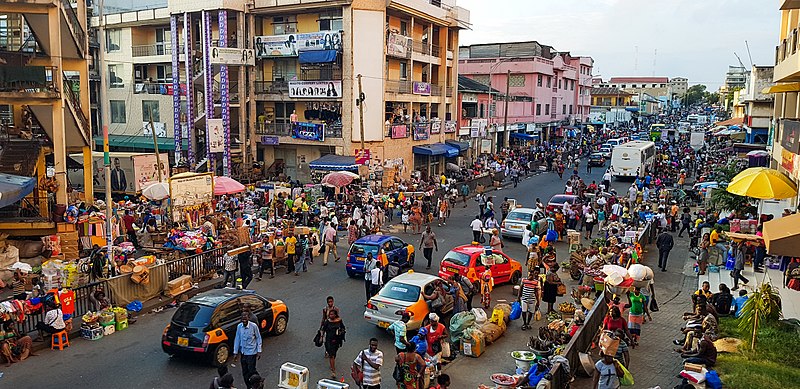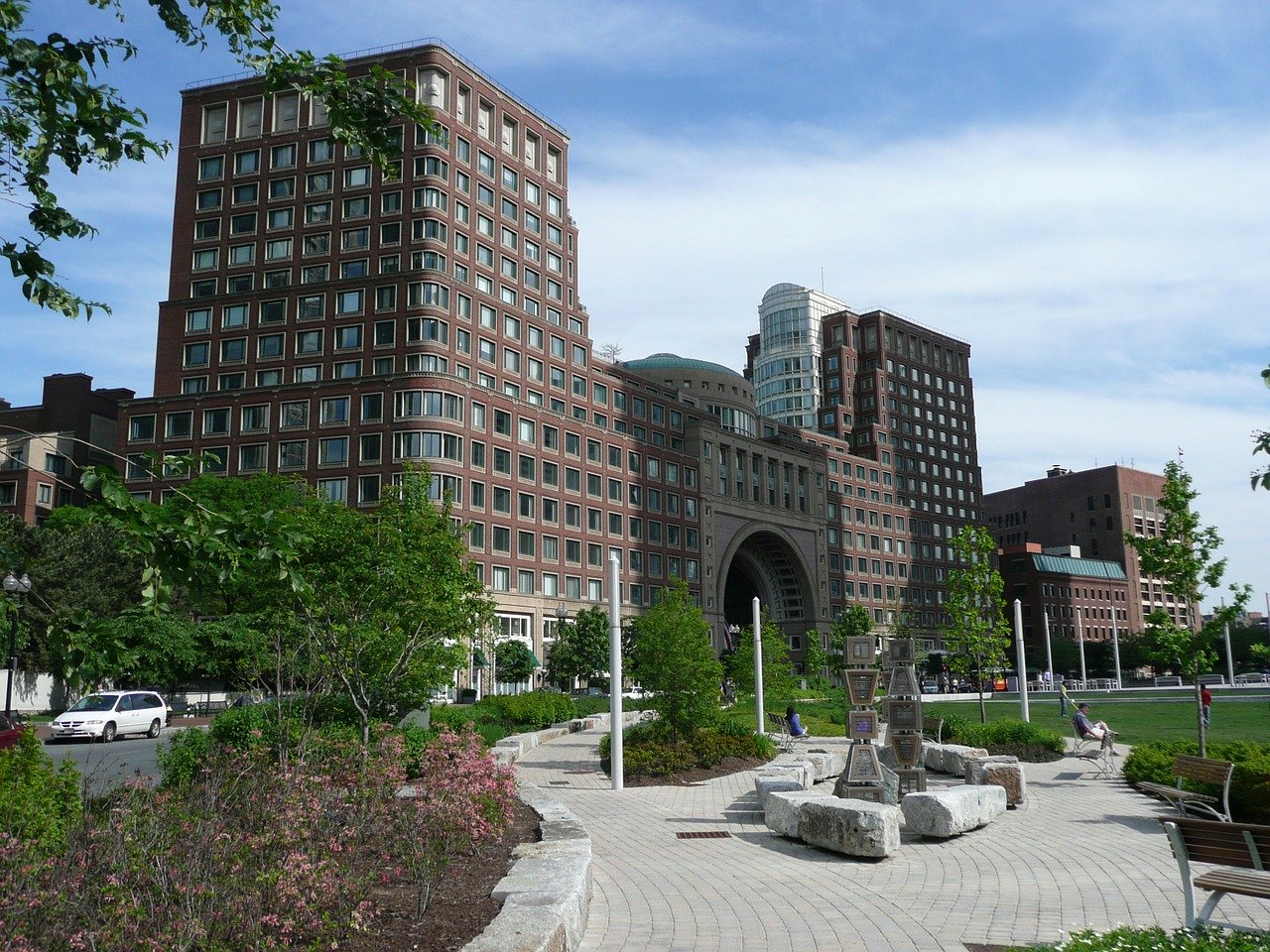
Ghana has been hit by severe flooding in its southeast region, with thousands of people, including Awusife Kagbitor, grappling with the loss of their homes and livelihoods. Awusife Kagbitor
stands on a patch of dry land overlooking her submerged three-bedroom house, recounting how a nearby stream unleashed a torrent of water into her home, forcing her to evacuate her family. Her farm, which took 14 years to develop, has also been submerged.
The flooding disaster was triggered by the controlled release of excess water from the Akosombo and Kpong hydro-electric dams near Lake Volta's southern tip. The region has been experiencing unpredictable rainfall patterns for several months, widely attributed to climate change. The Volta River Authority, which manages the dams, initiated the controlled spillage to prevent the dams from overflowing, potentially leading to catastrophic consequences. Both dams contribute significantly to Ghana's energy generation, accounting for approximately one-third of the country's energy mix. As they continue monitoring water levels upstream, officials are reducing the spillage rate.
This year's flooding, which has impacted over 100 communities living downstream, is among the worst in the region's history. Eight districts have been affected, causing homes to be submerged, public facilities, such as toilets and cemeteries, to be flooded, and critical services like water and electricity to be disrupted.
The flooding's impact is still being assessed, and there are concerns about the outbreak of diseases due to the flooding of essential facilities. In this challenging situation, many people like Awusife Kagbitor face the heartbreaking loss of their homes and sources of livelihood. Photo by Muntaka Chasant, Wikimedia commons.






































